Walkie-talkies are not just for adventurous games or emergency communication—they’re also fantastic tools for learning and discovery! With their ability to transmit and receive signals, walkie-talkies open the door to fun and educational science experiments that kids and adults alike will enjoy. Here are some creative ways to explore science using walkie-talkies.
1. Testing Sound Waves
Objective: Understand how sound waves travel.
What You’ll Need:
• Two walkie-talkies
• A large open space
Steps:
1. Have two participants stand close together, each with a walkie-talkie.
2. One person speaks into the walkie-talkie while the other listens.
3. Gradually increase the distance between them and test how far the sound can travel.
4. Observe when the sound quality begins to degrade or when communication is lost.
Science Behind It: This experiment demonstrates how sound waves are converted into radio signals, transmitted, and then converted back into sound waves.
2. Exploring Radio Frequencies
Objective: Learn about how radio waves work.
What You’ll Need:
• Two walkie-talkies
• A list of available channels
Steps:
1. Set both walkie-talkies to the same channel and test communication.
2. Switch to different channels and observe what happens.
3. Explore if any channels have interference from other devices.
Science Behind It: This experiment showcases how radio frequencies work and how devices avoid interference by using different channels.
3. Build a Walkie-Talkie Obstacle Course
Objective: Test how obstacles affect radio signals.
What You’ll Need:
• Two walkie-talkies
• Various obstacles like walls, trees, or metal objects
Steps:
1. Set up an obstacle course outdoors or indoors.
2. Place one participant with a walkie-talkie at one end and another at the opposite end.
3. Try communicating through different obstacles and note the changes in clarity or signal strength.
Science Behind It: Radio waves can be absorbed, reflected, or refracted by obstacles. This experiment helps demonstrate how materials and barriers impact signal transmission.
4. Direction and Range Experiment
Objective: Discover how walkie-talkie range differs depending on direction and elevation.
What You’ll Need:
• Two walkie-talkies
• A hilly area, open field, or urban setting
Steps:
1. Try communicating in an open field and record the range.
2. Move to a hilly area and test communication while standing at different elevations.
3. Repeat in an urban area with buildings and note how the signal behaves.
Science Behind It: This experiment highlights how environmental factors, like elevation and obstacles, affect radio wave propagation.
5. Morse Code Communication
Objective: Learn about Morse code and signal encoding.
What You’ll Need:
• Two walkie-talkies
• A printed Morse code chart
Steps:
1. Teach participants simple Morse code signals like “SOS.”
2. Practice communicating using Morse code tones via the walkie-talkies.
3. Gradually increase the complexity of the messages to decode.
Science Behind It: This activity explains how information can be encoded into signals and transmitted effectively over long distances.
6. The Speed of Light Experiment
Objective: Understand how fast radio waves (and light) travel.
What You’ll Need:
• Two walkie-talkies
• A long distance between participants (as far as the walkie-talkies allow)
Steps:
1. One person says “start” into the walkie-talkie while the other uses a stopwatch to time how long it takes to hear the word.
2. Since the response is immediate, explain that radio waves travel at the speed of light (about 186,000 miles per second).
Science Behind It: This experiment demonstrates how radio waves are a type of electromagnetic wave, traveling incredibly fast.
7. Walkie-Talkie Sound Distortion
Objective: Test how voice distortion occurs.
What You’ll Need:
• Two walkie-talkies
• A list of fun phrases
Steps:
1. Speak into the walkie-talkie at different volumes, pitches, or while covering your mouth.
2. Observe how the transmitted sound changes when received.
3. Discuss what causes distortion and how walkie-talkies process sound.
Science Behind It: This activity demonstrates how sound is processed, digitized, and re-created by devices like walkie-talkies.
Tips for a Successful Science Adventure
• Safety First: Use walkie-talkies in safe spaces, like a park or backyard.
• Encourage Questions: Let kids hypothesize what might happen before each experiment.
• Keep It Fun: Turn experiments into friendly competitions or challenges.
Conclusion: Science Meets Communication
Walkie-talkies are more than just fun gadgets—they’re also gateways to exploring fascinating scientific principles. From sound waves to radio frequencies, these experiments make learning hands-on and exciting. So grab your walkie-talkies, head outdoors, and let the experiments begin!


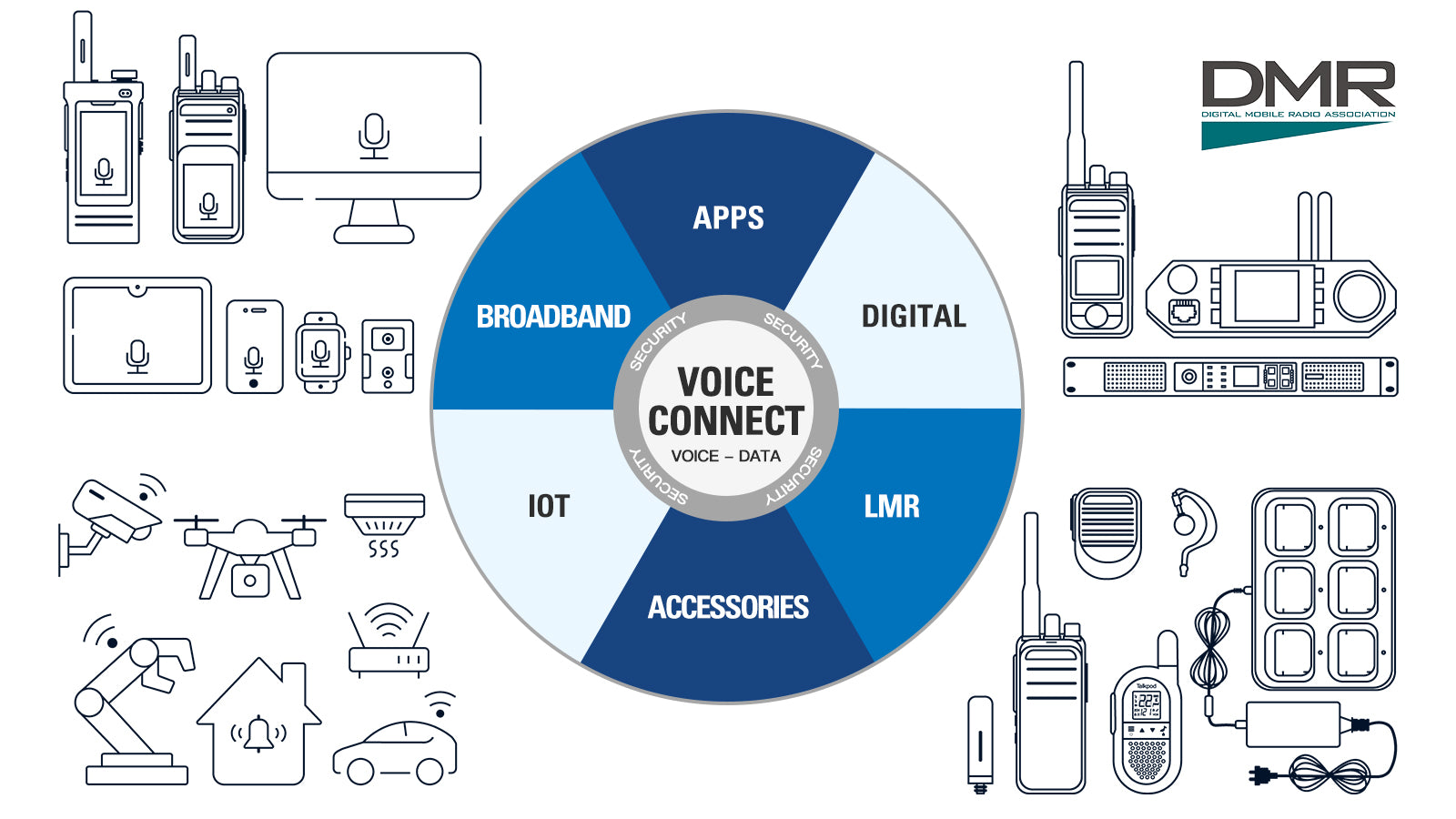
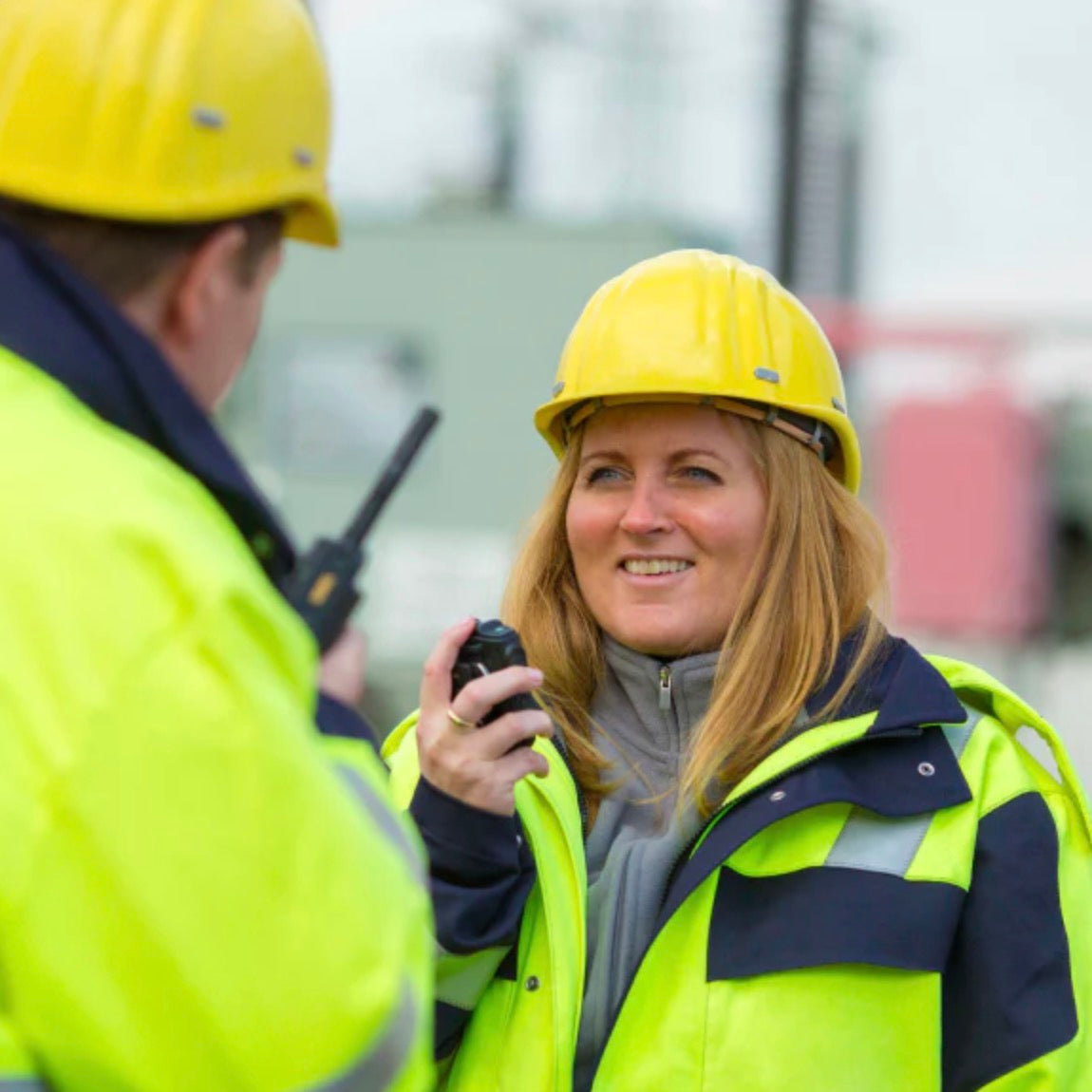

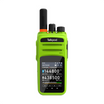
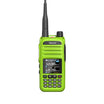
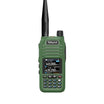
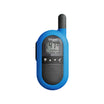


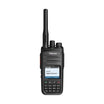
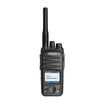
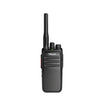
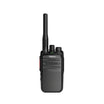
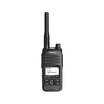
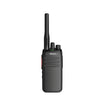
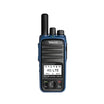
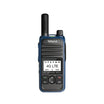
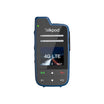
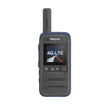
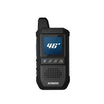
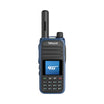
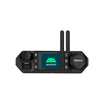
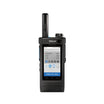
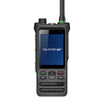


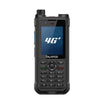
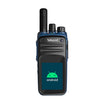
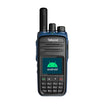
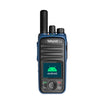
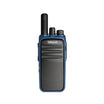
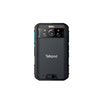
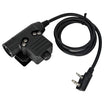

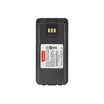
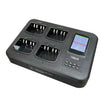
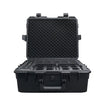

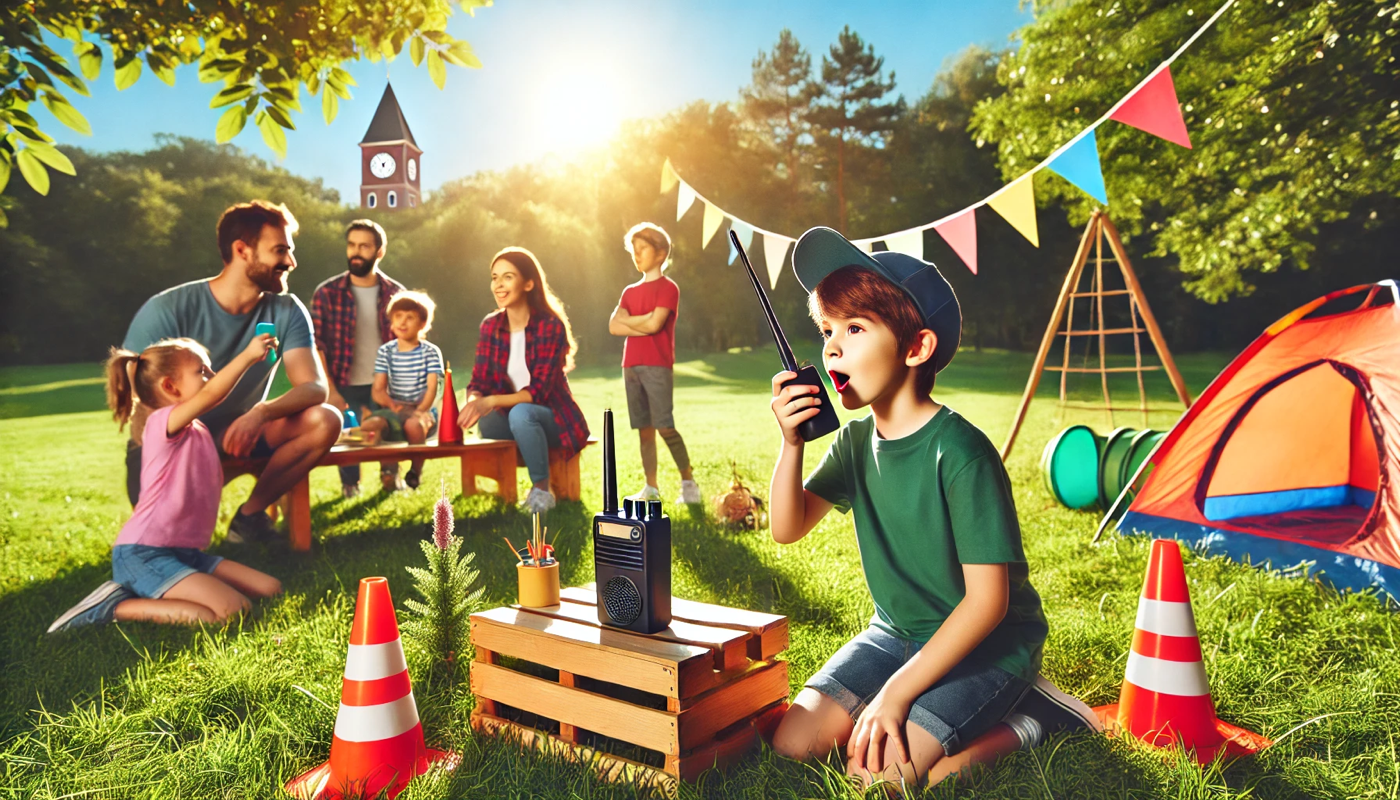

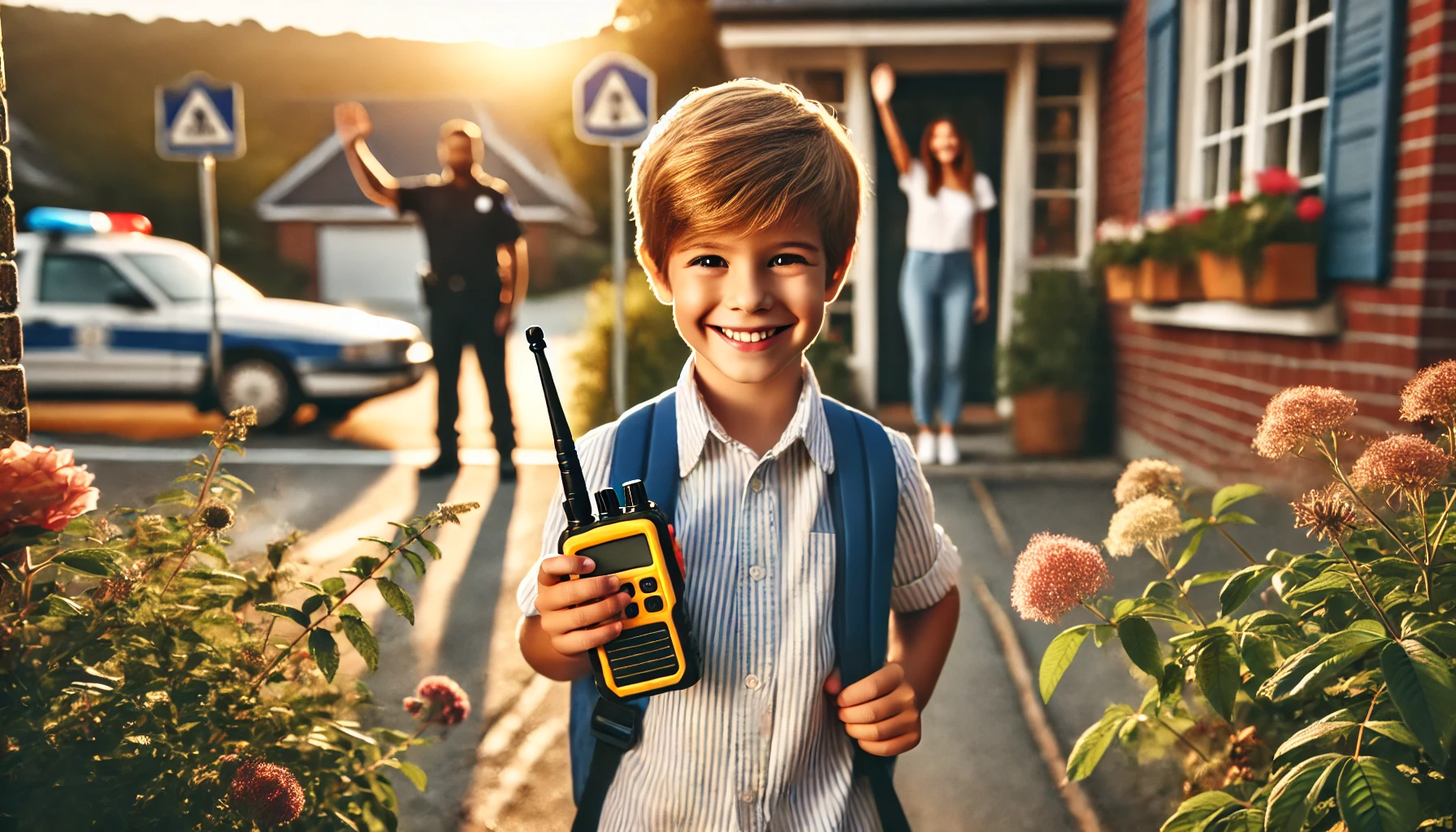
Leave a comment
All comments are moderated before being published.
This site is protected by hCaptcha and the hCaptcha Privacy Policy and Terms of Service apply.